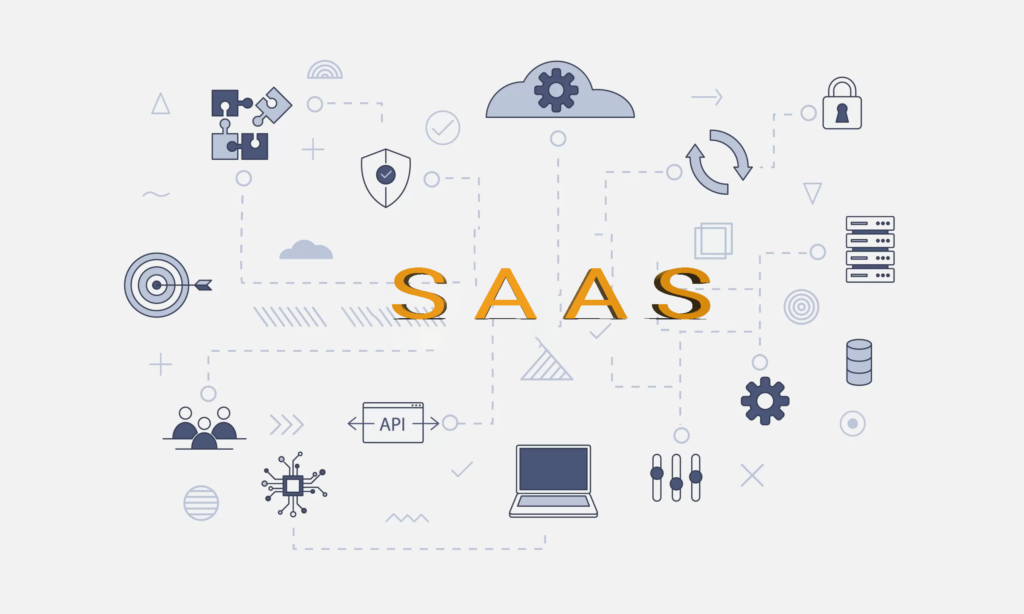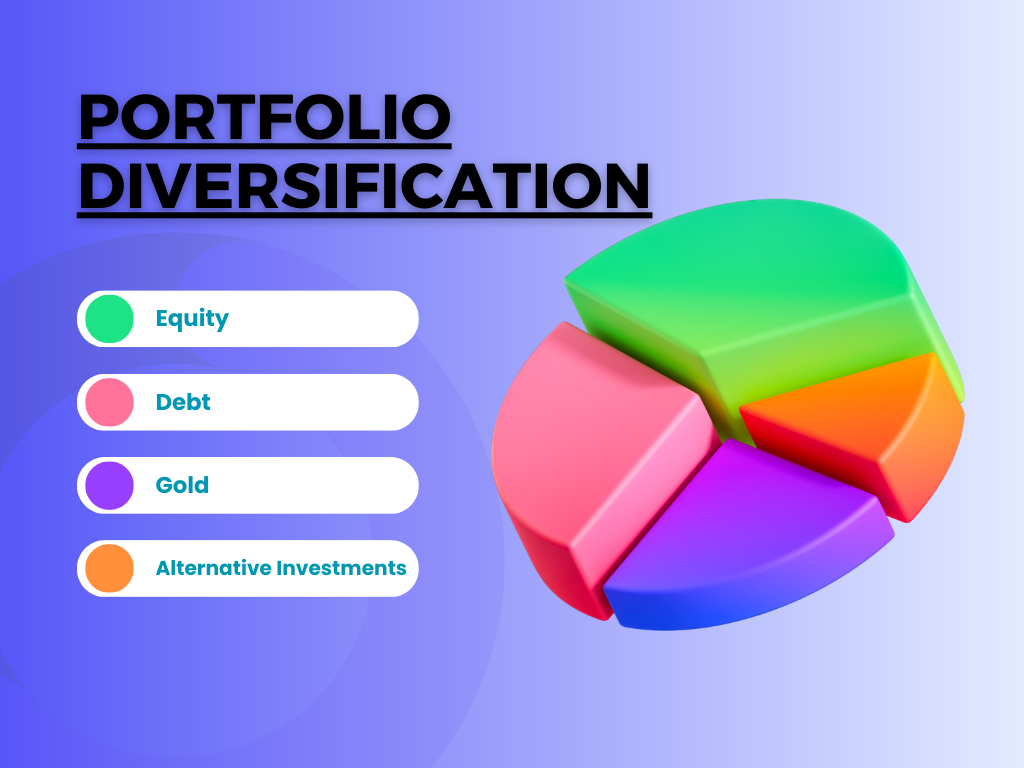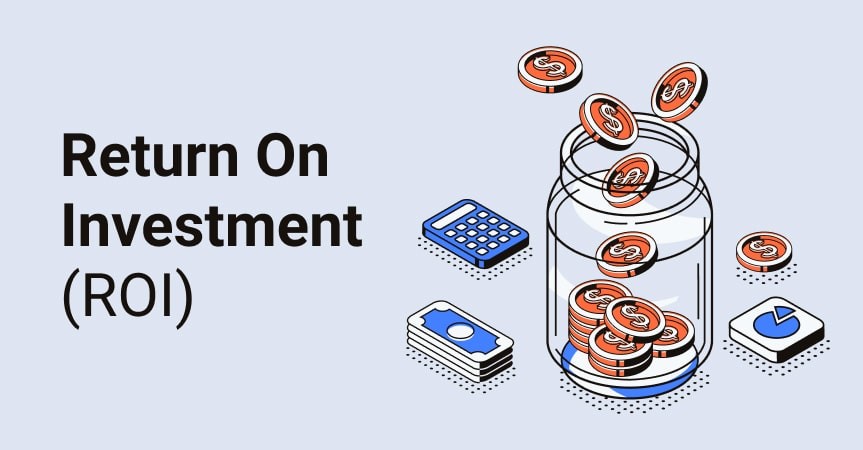Entering the world of a SaaS business can seem like navigating through an intricate maze, especially when you’re new to this unique business model.
Navigating the SaaS landscape can be daunting, but there are many resources available to help guide those new to this business model.
“It’s hard to start a SaaS business without experience and it’s tough to gain that experience without starting one.” This isn’t entirely true. Many entrepreneurs have achieved success in establishing their own SaaS companies with limited prior knowledge of the industry.
The beauty of the SaaS industry lies in its dynamic nature. New startups are emerging every
Exploring the Power and Potential of a SaaS Business Model
The digital transformation wave has led to a significant shift in business technology, with Software as a Service (SaaS) leading this revolution. SaaS is a modern way of getting software programs through the web instead of installing them on your own hardware.
Discovering the Advantages of SaaS
SaaS companies have adopted a subscription-based pricing structure, which effectively eliminates hefty upfront costs associated with purchasing software licenses. Instead, users pay regular fees for service accessibility, typically monthly or annually. This payment method allows businesses to distribute their IT expenses evenly over time and avoid substantial capital outlays all at once.
Apart from financial advantages, one standout feature of SaaS products is cloud hosting capability. By housing applications in cloud infrastructure instead of local servers or personal devices, it significantly reduces IT requirements for enterprises while offering enhanced accessibility since these services can be accessed anywhere there’s an internet connection.
Beyond cost savings and improved availability lies another crucial benefit – continuous updates without additional charges or complex upgrade processes. Unlike conventional models where new versions require manual installation often accompanied by high price tags, top SaaS companies ensure subscribers receive automatic enhancements as part of their package deal.
This guarantees customers always enjoy cutting-edge technology without dedicating resources towards maintaining up-to-date systems themselves; everything gets handled by the chosen provider behind the scenes so businesses can focus solely on leveraging these tools for growth within their enterprise.
Riding the digital transformation wave with SaaS. No upfront costs, cloud hosting capabilities and continuous updates – all while letting businesses focus on growth. #SaaSPower #DigitalRevolutionClick to Tweet
Exploring the Power and Potential of a SaaS Business Model
Unearth the might of a SaaS business model, its development possibilities, and how it is transforming markets. Uncover successful SaaS strategies and future trends.
The Role of Large Tech Companies in the SaaS Landscape
Giant tech companies such as Google have made significant strides in shaping the SaaS industry landscape. They utilize their vast resources to provide competitive offerings that cater perfectly well towards different organizational needs, whether you’re running a startup or managing an established enterprise.
For instance, consider Google Workspace, which offers an integrated cloud-based email marketing solution among other services for small businesses looking for cost-effective ways to reach out to existing customers.
Beyond these large players, there’s also a thriving ecosystem comprised primarily of specialized providers offering niche products like project management software from Atlassian or inbound marketing software from HubSpot. Such firms often focus on specific pain points within industries or functions – be it HR management or customer service – thereby adding another layer onto this rich tapestry known as SaaS applications.
Exploring Different Types of SaaS Applications
The array of SaaS applications on offer for businesses is both expansive and always advancing, providing solutions to meet all sorts of requirements. These tools are revolutionizing the way businesses operate by streamlining processes and driving efficiency.
SaaS applications span across multiple domains including Customer Relationship Management (CRM), Enterprise Resource Planning (ERP), accounting, and invoicing amongst others. CRM tools like Salesforce help manage customer relationships while ERP systems such as SAP streamline financial management tasks for enterprises.
Invoicing platforms simplify the invoice creation and tracking process, whereas accounting apps automate bookkeeping duties, thus reducing manual errors significantly. The availability and variety cater perfectly well towards different organizational needs, whether you’re running a startup or managing an established enterprise. As we move forward into future trends shaping the SaaS industry, AI integration into SaaS products will become increasingly common alongside an increasing focus on data security among other factors, making this sector one worth watching closely over time.
Key Takeaway:
With its vast potential and adaptability, the SaaS business model is a game-changer for industries. From tech giants like Google to niche providers such as Atlassian or HubSpot, diverse solutions cater to every organizational need. With future trends pointing towards AI integration and enhanced data security, it’s clear that SaaS is not just surviving but thriving.
Understanding the Lifecycle of a SaaS Business
The journey through the lifecycle of a Software as a Service (SaaS) business can be compared to navigating an intricate maze. Each phase, from startup to hypergrowth and eventually stable golden goose, presents its unique twists and turns.
The Startup Phase: Laying The Foundation
This is the starting point for any SaaS venture. It’s during this stage that entrepreneurs pour their energy into developing innovative SaaS products while simultaneously trying to win over early adopters. Success in this initial phase hinges on validating your SaaS model by securing paying customers who see value in what you’re offering.
The Hypergrowth Phase: Scaling Up Fast
In stark contrast with the startup period, the hyper-growth stage sees businesses shifting gears towards aggressive customer acquisition strategies. Yet, amidst such rapid expansion, companies must not lose sight of existing customers whose invaluable feedback could help fine-tune product offerings, thus enhancing overall user experience. Here’s an insightful article about managing growth during this critical time.
Stable Golden Goose Stage: Maintaining Profitability
Sustained success arrives when growth rates stabilize but recurring revenue keeps flowing due to high customer retention rates inherent within many SaaS models. In other words, once they reach maturity, these enterprises shift focus away from breakneck speed expansion towards maintaining profitability and nurturing long-term customer relationships. This resource provides useful insights into effectively managing matured SaaS businesses.
Successful Case Studies Of Thriving SaaS Businesses
Learning from those who’ve already navigated these stages successfully offers valuable lessons for both budding entrepreneurs or established players looking to refine their strategy.
SalesForce.com
SalesForce.Com,
Navigating the SaaS business lifecycle is like an intricate maze, from startup to hypergrowth and finally stable profitability. Learn from successful case studies and refine your strategy. #SaaSBusiness #StartupLifeClick to Tweet
Pros and Cons of Adopting a SaaS Model
The decision to adopt the Software as a Service (SaaS) model is one that requires careful consideration. It’s crucial for business owners to weigh up both the advantages and potential challenges associated with this innovative approach.
Is a SaaS Model Right for Your Business?
A key advantage of choosing SaaS lies in its ability to foster customer loyalty. Subscription-based pricing encourages customers’ continued use, leading towards predictable recurring revenue streams – an invaluable asset when it comes time for financial management planning.
SaaS businesses also boast scalability; they’re designed to grow alongside your enterprise without necessitating hefty investments into IT infrastructure or resources upfront. IBM provides more insights here.
Naturally, there are hurdles too. The initial capital investment required can be substantial, particularly if you aim at developing robust software applications capable of meeting diverse user needs while ensuring high-quality product offerings throughout scaling operations.
Data security is another significant concern due largely because sensitive customer data will often reside on cloud servers managed by third-party vendors. Digital Guardian discusses these concerns further here. Therefore, investing in secure cloud infrastructure becomes paramount along with establishing solid partnerships with reliable vendors who prioritize data protection.
Tackling Challenges Associated With The SaaS Model
To effectively navigate these complexities, companies considering adopting SaaS models should have clear strategies set out from day one. This might involve making considerable early-stage R&D investments, forging strong relationships with reputable third-party vendors, and implementing rigorous testing processes before launching new features or products. By doing so, not only do you ensure better control over project management but also build trust among existing customers, which aids in improving overall customer experience.
This proactive approach allows businesses relying heavily on their technology stack like top SaaS companies such as Salesforce.com, Zendesk, etc., to thrive even amidst competitive market dynamics where innovation and adaptability remain key determinants between success and failure.
Key Takeaway:
While the SaaS model promises customer loyalty and scalability, it’s not without its challenges. Initial capital investment can be hefty and data security is a constant concern. Successful adoption requires strategic planning from day one, including robust R&D investments, strong vendor partnerships, and rigorous testing processes to ensure product quality and build customer trust.
Attracting Investors with Your SaaS Business
Your SaaS business, driven by the potential for recurring revenue and scalability, can be a magnet for investors. But to truly attract them requires more than just an innovative product or service.
What Investors Look For in a SaaS Business
Digging into Key Metrics:
In their quest to identify profitable investments, investors will dissect key metrics of your SaaS business. The churn rate is one such metric that they’ll scrutinize – it’s indicative of customer retention over time. A low churn rate signals strong customer loyalty and satisfaction, which are vital factors for sustainable growth.
The Customer Acquisition Cost (CAC) also carries weight in investment decisions as it reveals how much you’re spending on acquiring new customers. Lower CAC means efficient resource utilization, which indicates effective marketing strategies leading to better financial management within your company.
Lifetime Value (LTV) provides another window into the profitability of each individual client relationship over its duration. It essentially quantifies future net profit from any given customer during their association with your enterprise. This serves as a critical parameter reflecting long-term viability and success prospects of your venture.
Pitching Your SaaS Business Effectively
Nailing That Investor Presentation:
To draw investor interest, entrepreneurs must articulate not only their vision but also back up claims about performance using solid data insights. This guide offers tips on preparing an impactful presentation.
Showcasing testimonials or case studies demonstrating existing client satisfaction enhances credibility while outlining robust plans including target markets, expansion strategies, etc., reassures potential backers about long-term sustainability. Keep in mind, confidence coupled with meticulous preparation paves the way towards securing trustful partnerships.
Uncover the secret to attracting investors for your SaaS business. Strong customer loyalty, efficient marketing strategies and long-term client relationships are key. #SaaS #InvestmentTipsClick to Tweet
Marketing Strategies for Growing Your SaaS Business
In the fiercely competitive SaaS sector, successful marketing approaches can make a major difference. These tactics not only draw in new customers but also enhance customer relationships and boost retention rates.
Leveraging Customer Success Stories
A potent tool at your disposal is highlighting customer success stories. This strategy involves sharing testimonials or case studies of satisfied clients who have reaped benefits from your software solution.
Customer success narratives serve as social proof, authenticating your product’s value proposition to potential users. They demonstrate how real businesses are leveraging your software to tackle challenges and attain their objectives.
To maximize this approach, ensure that these tales underscore tangible benefits such as increased productivity or cost savings resulting from the use of your SaaS offering. Also, consider featuring diverse examples that resonate with different segments within your target market.
Email Marketing Campaigns
Email marketing remains an effective avenue for engaging both existing and prospective customers. It provides a platform for delivering personalized content directly into users’ hands, which drives engagement and conversions.
An impactful email campaign might include updates on fresh features, tips on maximizing usage of current offerings, or even special deals exclusive to subscribers. Remember segmentation based on user behavior, ensuring each recipient receives relevant tailored content.
Social Media Marketing Strategy
The potency of social media cannot be overlooked when promoting a SaaS business model. Platforms like LinkedIn and Twitter offer opportunities for brand visibility, lead generation, along with fostering community among users.
A robust social media strategy should involve regular posting about product enhancements, educational resources, coupled with consistent audience engagement through comments and messages.
Paid advertising options available could help expand reach beyond organic followers.
Key Takeaway:
In the competitive SaaS landscape, a winning marketing strategy can make all the difference. Harnessing customer success stories, executing targeted email campaigns and implementing robust social media strategies are key to attracting new customers and keeping existing ones engaged.
Exploring the Power and Potential of a SaaS Business Model
Discover how a SaaS business model can unlock growth potential and revolutionize industries. Uncover successful SaaS strategies and future trends.
Exploring the Power and Potential of a SaaS Business Model
Unearth the potency of a SaaS business model, its development capacity, and how it’s affecting sectors. Uncover successful SaaS strategies and future trends.
Conclusion
The SaaS system is a groundbreaking development, transforming the way firms conduct and develop.
From diverse applications to unique characteristics like subscription-based pricing and cloud hosting, it’s clear why businesses are gravitating towards this model.
Navigating the lifecycle of a SaaS business can be challenging, but with understanding comes growth – from the startup phase to hypergrowth, then becoming a stable golden goose.
Weighing the pros and cons before adopting this model is key; benefits include customer loyalty and recurring income, while challenges involve initial capital investment needs and product maintenance complexities.
SaaS businesses attract investors due to predictable revenue streams, scalability potential, high gross margins – knowing what they look for, such as churn rate or lifetime value (LTV), will give you an edge.
Growth strategies range from content marketing to leveraging customer success stories; each enhancing relationships leading to increased retention rates.
Prioritizing excellent customer support retains paying customers while third-party vendors can help manage aspects like cloud infrastructure, thereby enhancing the overall experience.
Trends shaping the SaaS industry, like AI integration into products or a focus on data security, signal exciting future directions in store for us all!
If you want to learn more about this, sign up for my newsletter.


